In 1963, in the introduction to “Bob Dylan’s Blues” on Freewheelin', his second release on Columbia Records, the 22-year old singer originally from Hibbing, Minnesota, said, “Unlike most of the songs nowadays that are being written uptown in Tin Pan Alley ... this was written somewhere down in the United States.”
America was seeing rock and roll and commercial folk music challenge the popular song style of their parents' generation. Dylan's music came from a different place than those that were on radio and television. The new songs on his second LP weren't jazzy, or hip, they were relics of the old weird America immortalized on Harry Smith's Anthology of American Folk Music. But as Dylan grew older, the immense catalog of his songs came to embrace everything—folk, rock, gospel, blues, Tin Pan Alley, and the Brill Building.
In a recent interview with journalist Bill Flanagan, he explained his fascination with the songs his parents listened to and the reason he had recorded three albums that document them. Including those on Triplicate, his latest release:
“These songs are some of the most heartbreaking stuff ever put on record and I wanted to do them justice. Now that I have lived them and lived through them I understand them better. They take you out of that mainstream grind where you’re trapped between differences which might seem different but are essentially the same. Modern music and songs are so institutionalized that you don’t realize it. These songs are cold and clear-sighted, there is a direct realism in them, faith in ordinary life just like in early rock and roll.”
“Tin Pan Alley is gone," he said back in 1985. "I put an end to it. People can record their own songs now." Dylan may have helped overthrow the dominant style of American music in the 20th century but that didn’t mean he was ignorant of its place in history or that he didn’t respect the songwriting craft of those who came before him.
The Brill Building at 1619 Broadway in Manhattan was another step in overthrowing the dominance of Tin Pan Alley. It too had song pluggers, publishers, and song salesmen but it also housed talented young songwriters like Doc (Jerome Felder). Carole King and Gerry Coffin, Burt Bacharach and Hal David, Barry Mann and Cynthia Weil, Ellie Greenwich and Jack Barry, Jerry Leiber and Mike Stoller, Neil Diamond, Neil Sedaka and so many others cranking out hits like “Yakety Yak,” Spanish Harlem,” “Up on the Roof” and “Leader of the Pack.” It was a hit factory providing songs primarily for teenagers who now had money to spend at the record shop.
Some artists expanded their range to include more adult themes. Doc Pomus (Jerome Felder) was the missing link between Tin Pan Alley and 60s rock. The writer of such great songs as “Save the Last Dance for Me” and “Lonely Avenue,” along with many others, Doc was a very successful songwriter and also had a great ear for the poetry of common speech. As Publishers Weekly noted, “…from 1940s nightclubs where Pomus was the only white man around; hotel lobbies where Pomus spent afternoons listening for "the random brilliance of overheard speech." And then there was the time in Pomus’s hotel room when Bob Dylan came calling, forging another link in the chain between the old and the new.
A few years later, even if you liked Frank Sinatra records, you were not likely to tell anyone about it. Rather than spend an evening at Hugh Hefner's Playboy Mansion penthouse in Chicago, you'd much rather hang out in a Greenwich Village loft at a party with 20 people listening to white boy play the blues. The days of Tin Pan Alley were surely numbered, if not quite over. The new commercial sound may have been rockabilly in 1956, but it was as commercial and made-to-order as anything written “up in Tin Pan Alley” in the immediate post-war period. Folk singers hit the big time in the early 80s when it made the charts in the form of songs by commercial folk groups like Peter, Paul & Mary or the Brothers Four. They had little in common with the music of Appalachia. The Kingston Trio's megahit "Tom Dooley" sounded like bluegrass sung by The Beach Boys but they opened the way for songs that appealed to college students and their older siblings. Folk rock was the next logical step.
Enter the Bard of Hibbing. Bob Dylan was a persona, a self-invention who brought a cultural revolution. Even the Beatles and Rolling Stones were listening. Now nearing the end of his career, he is continuing to do the unexpected. He has earned the right to do it his way.
Triplicate in an earlier time would have elicited the same critical response that Self Portrait did in 1970. It was another "What is this shit moment" as critic Greil Marcus acidly “welcomed” Dylan’s Self-Portrait, which Dylan once dismissed as a way to escape the prison of adulation and expectation. His “official bootleg” series not long ago released a version of Self Portrait that would have been less disappointing to fans. It included unreleased material and versions of songs that were less cheesy than many on the original album—little in the way of bloated string sections or musical clutter.
Unlike many rock musicians who have embraced the Great American Songbook, Dylan reimagines the songs without the usual strings and vocal drama. He inhabits the songs and delivers them with careful attention to what the words say. He makes them almost new again.
Dylan uses only a quintet throughout Triplicate, his regular touring band, not a “big band” and just a small horn section on a few of the songs. They re-create the solemn openings to classics like “Stormy Weather” and “It Gets Lonely Early” with a stripped-down sound that is precise and supports the songs by avoiding musical clichés.
Surprisingly, the songs he chose for his last three records recall some of the spirit of many of his own songs, written and recorded over his more than fifty-four years as an American original. “Why Was I Born, written in 1929 by Jerome Kern and Oscar Hammerstein anticipated songs like “What Good Am I” from Oh Mercy. Some of the songs anticipate the sort of wordplay Dylan has always been known for:
I tried to reach the moon but when I got there
All that I could get was the air
“I Guess I’ll Have to Change my Plans” by Howard Dietz and Arthur Schwartz in 1929
If my ears don’t deceive me, Dylan actually sings something like “I tried to leap the moon but could only grab the edge,” which would not be unusual for Dylan, who often changes words to his own songs in performance or in later recordings when his mood changes. In this case, if I am hearing it right, this makes the song even more Dylanesque.
In the three albums of standards he has just released, Dylan is doing his part to keep the Great American Songbook alive for future generations. Occasionally, rock singers (especially as they grow older) want to try on the old songs. Why not? They are a part of the world’s music heritage. Louis Armstrong did the same in his time and became a goodwill ambassador for American music as he toured the world. The songs are part of our story. Our grandparents danced to them and new generations are again discovering them.
Dylan always occasionally performed a few standards, especially on special occasions. He sang the Gershwin brothers song “Soon” when he received ASCAP’s Founders Award in 1986. ASCAP represents over 600,000 American songwriters and composers from the Gershwins to Harold Arlen and other great artists and successful music publishers. It was a fitting tribute to his predecessors, even if he had forged a new path his own talents demanded of him.
Dylan’s raw croon resonates with experience, even though he is not a great singer by conventional standards. Even Frank Sinatra tipped his hat to Dylan’s way with a song when he requested “Restless Farewell” as Dylan’s contribution to a celebration of his music. Bob’s was the only song not associated with Frank that was played at the bash and it fit Sinatra’s I don’t give a damn, I do things my way stance perfectly. Frank invited him to his home for dinner following the concert.
At the same time, Dylan never left his folk music roots very far behind. When playing a concert in Dublin recently, he invited former Pogue’s frontman, Shane Macgowan, to have dinner at his hotel. They lasted well into the night. One can only guess if “rivers of whiskey” were flowing. Songs were almost certainly on tap. A long-time admirer of Shane’s songwriting and the Pogue’s grounding in folk music with a sharp edge, Dylan had invited the group to tour with him in the late 80s, but although Macgowan missed a plane and was left behind for the tour, their friendship endured.
In Dublin, Dylan played the piano intro to “Fairytale of New York, one of the Pogue’s classic numbers just before launching into “Desolation Row” as a tribute to the Irish singer-songwriter on the Thursday night prior to meeting Macgowan for dinner on the following Sunday. The audience recognized what he was up to immediately.
Winston Cook-Wilson provides a balanced appraisal of Dylan’s performance on Triplicate and the two albums of standards before it in a review published in Spin Magazine
“What do I get? What am I giving?” Dylan coos on Triplicate’s strangely despondent closer, “Why Was I Born?”; it’s as if he’s as amazed as we are that he ended up where he is, singing this kind of music, after everything he’s been through. Triplicate is not a shining hour for Dylan when put into the full context of his fifty-plus-year career. But nonetheless, his insuppressible spirit is baked into every moonstruck moment.



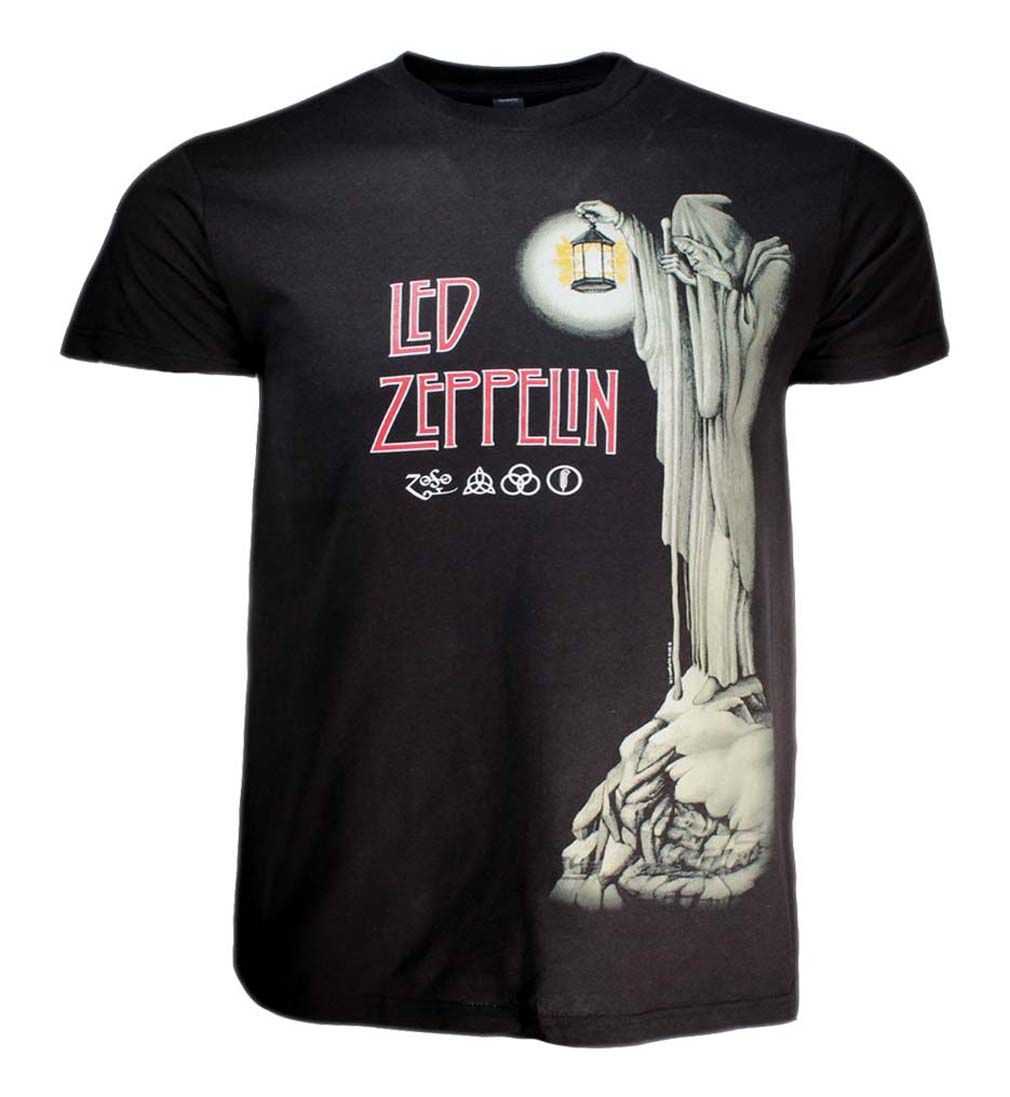
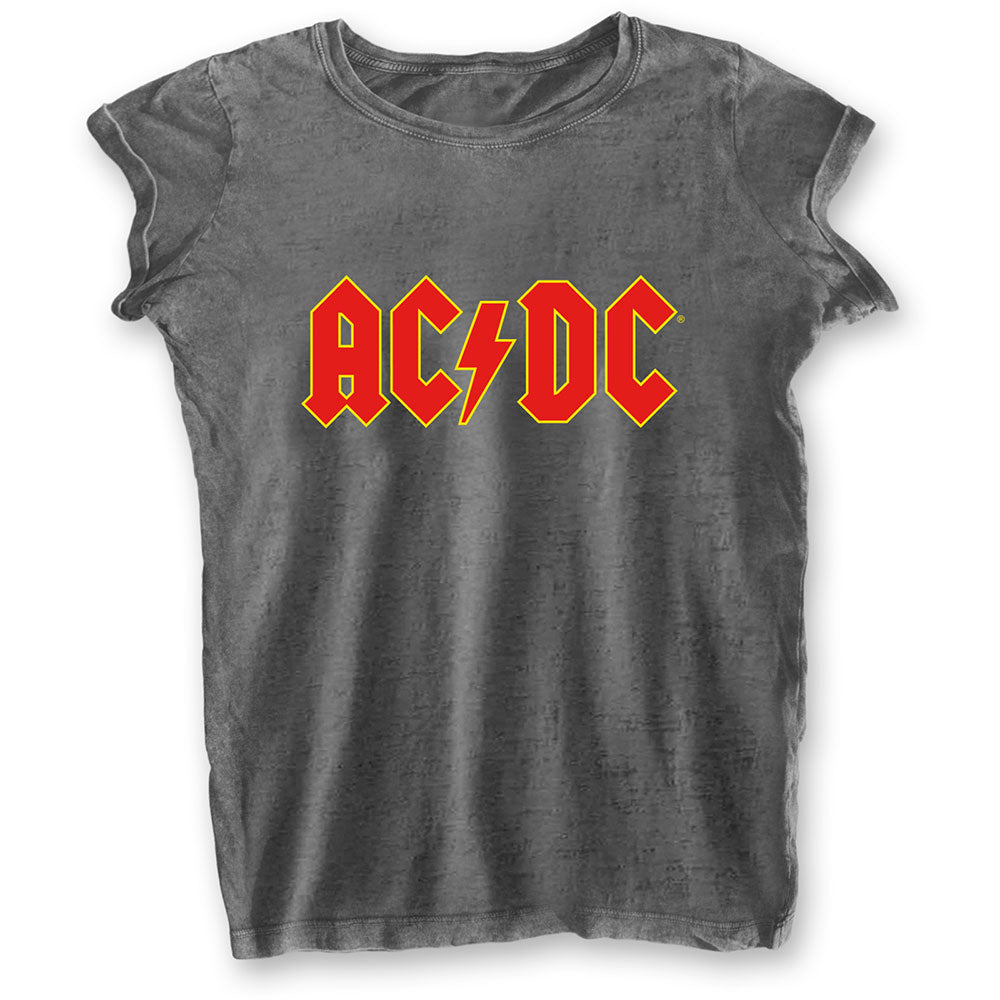
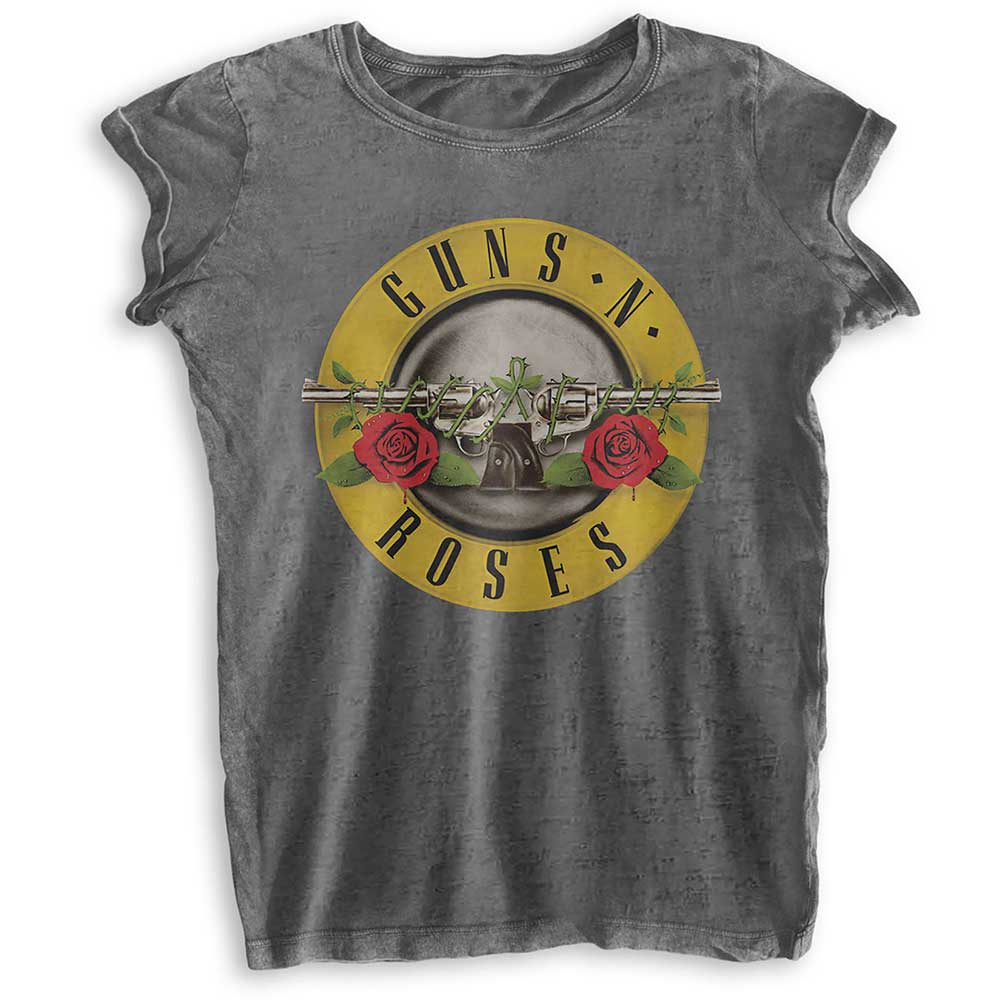












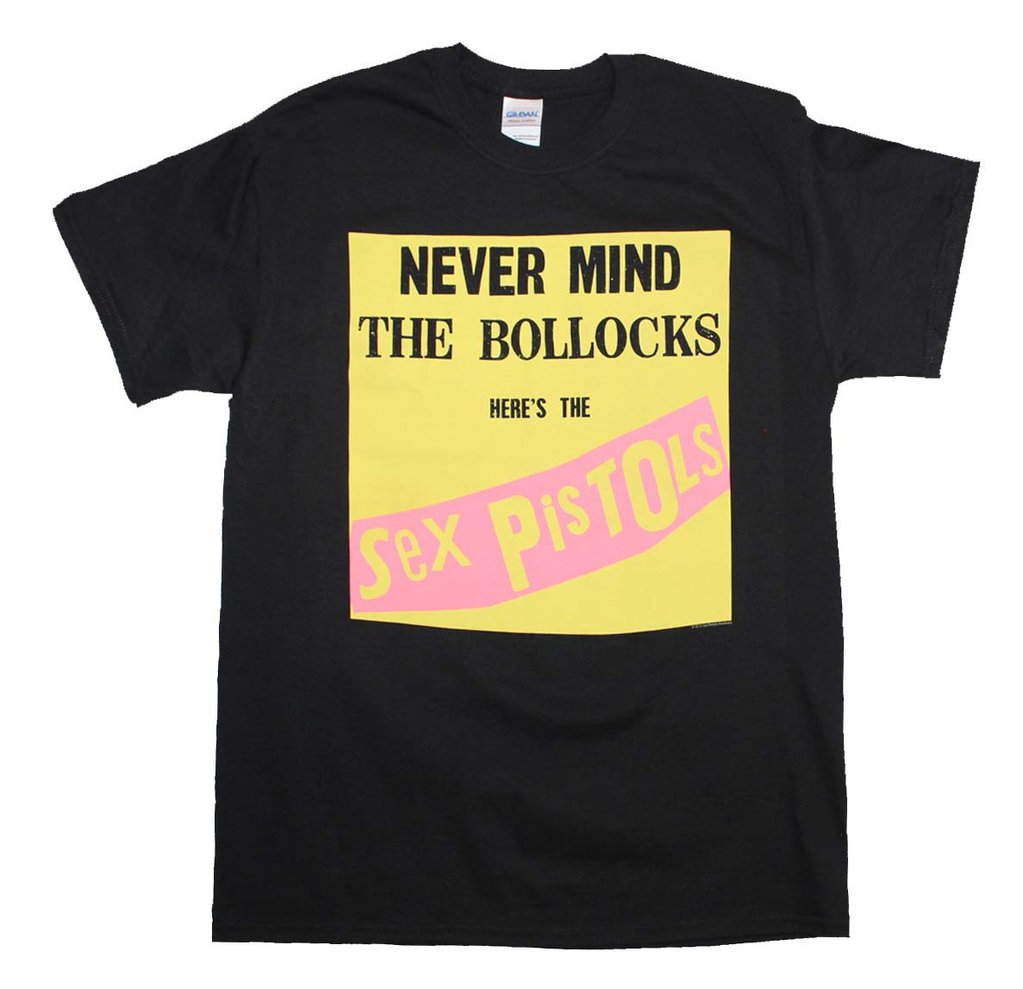


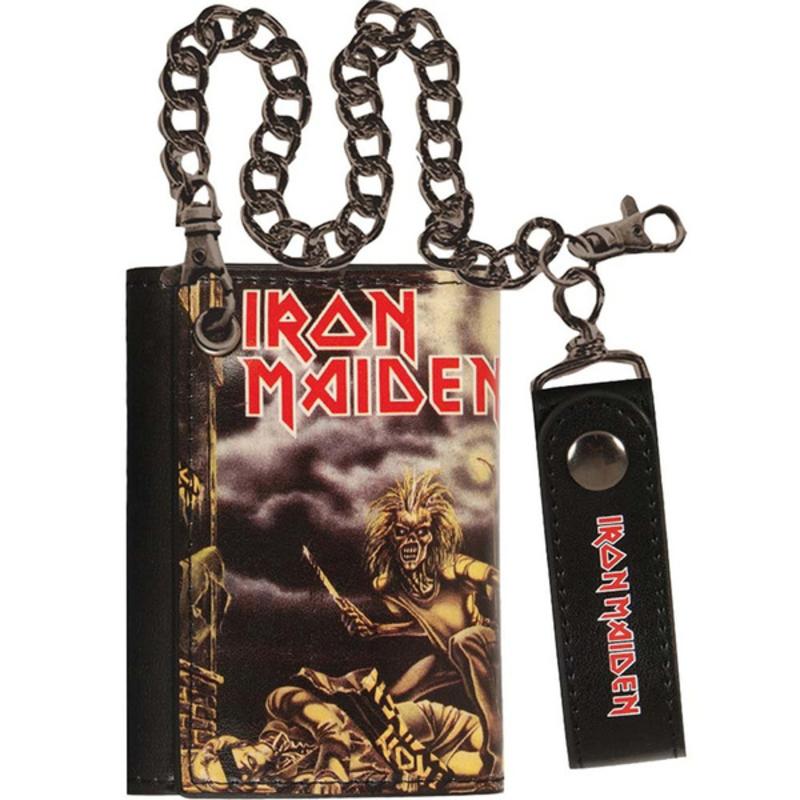


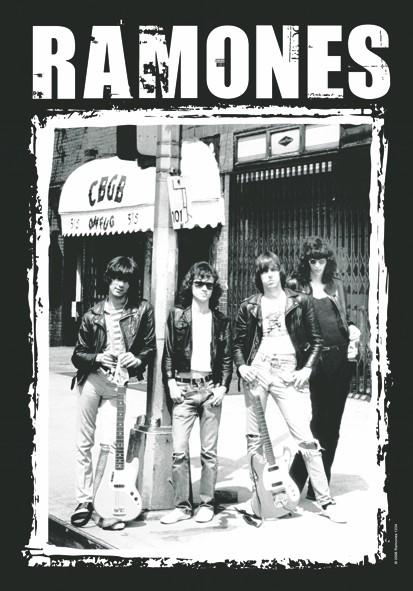
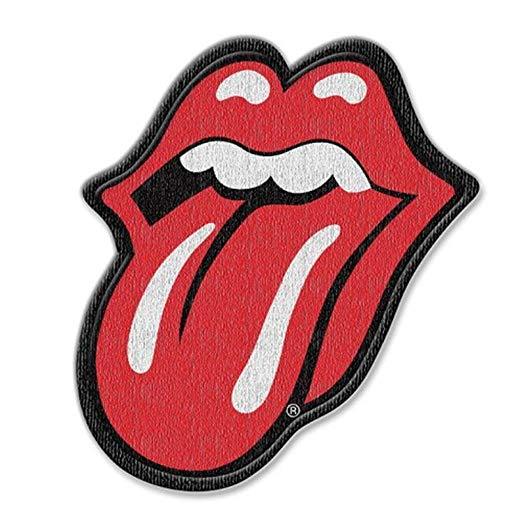
Comments
5 comments
David Harper
Dylan’s body of work has been well delivered. Got a house and a headful here. So what if he’s taken up other pursuits and directions like being a painter, a welder of big gates, a singer of seriously old love songs. Can’t think of anyone more generous with his art. Made this life larger and more connected to mystery, myth and the journey, the adventure of our music.
KALV
Very interesting explanation of Dylan who has often defied explanation.
Mark
Is 80s a typo in the 8th paragraph.
Seems like it should read 60s
Tom Krill
The greatest singer song writer, ever! And anyone who differs is full of shit!
Chris stone
Bob Dylan’s Triplicate is a wonderful group of songs appropriate to Bob’s age. Most if not all of them have themes of past love, aging and loneliness sung without flash or pretense . You can feel the sadness as he sings and each time you listen you feel more and more…a courageous work of art.